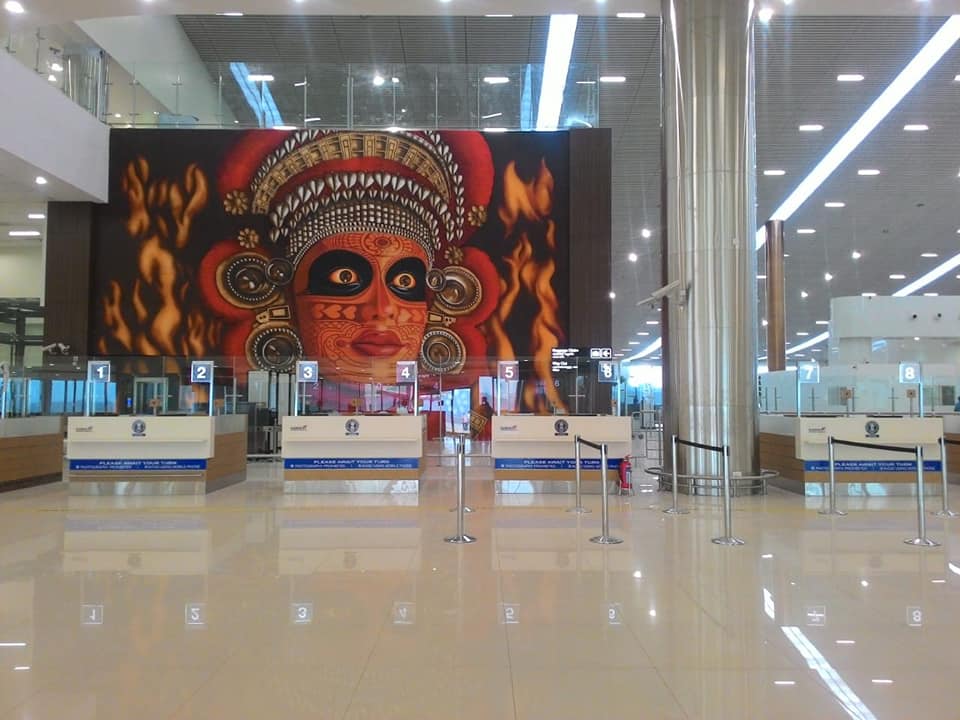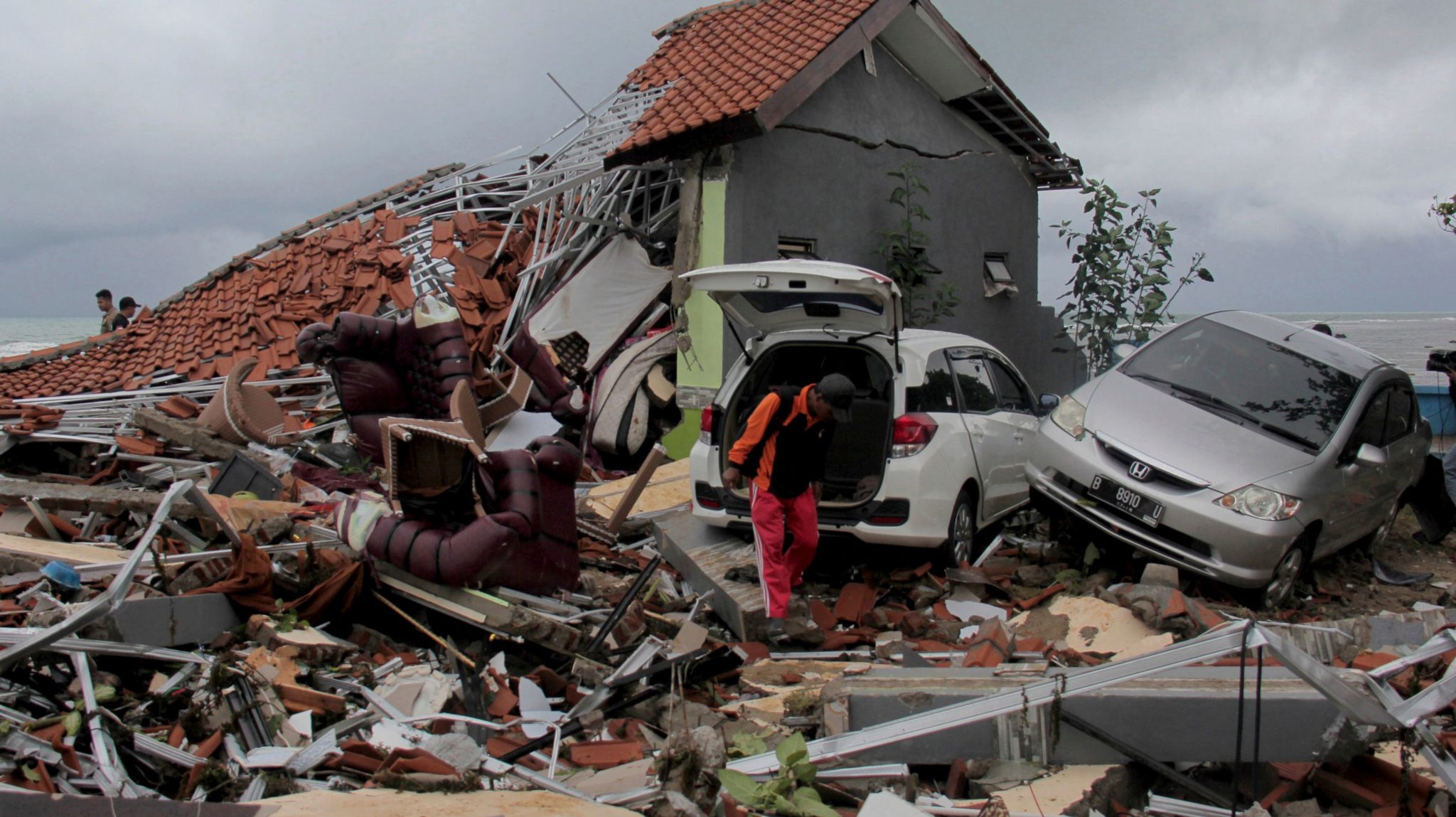Things are settling down at Gir Wildlife Sanctuary, the last abode of the endangered Asiatic lion, where some 23 of the big cats were found dead between September 12 and 21.
Half the deaths were attributed to the Canine Distemper Virus (CDV), which is transmitted through domestic cattle and animals, and Babesia Protozoa (BP), spread by ticks in domestic animals. Both cause fever, weakness, loss of appetite and eventual death.
Around 33 of the 64 lions sampled are still under observation at the sanctuary’s rescue centre in Jamwala village. The remaining 31 big cats were released into the forests with microchips in their tails for identification. Some 300 doses of a special anti-CDV vaccine swiftly imported from the US were administered to the 33 lions. But, officials claim, the crisis had subsided by the time the vaccine arrived. “The exercise undertaken must be one of the biggest ever against the eruption of viral diseases,” says Gujarat additional chief secretary (forest and environment) Rajiv Kumar Gupta. “It was almost like a full-fledged census carried out in a matter of days.”
A team from the Union environment and forests ministry and at least four others from various veterinary and medical institutes came visiting and observed the 33 lions. The big cats had been evacuated without administering tranquillisers; baits and ring cages were used instead. “We are waiting for blood reports of 31 lions from the National Institute of Virology (Pune) and the Indian Veterinary Research Institute (Bareilly),” says A.K. Saxena, principal chief conservator of forest (wildlife). “But there is no reason for panic as the big cats appear to be totally safe. Even the blood samples of the 33 lions under observation have reported negative against any virus they too are safe.”
The crisis at Gir, however, has come as a blessing in disguise since it’s helping the state wildlife department firm up a protocol on preventive measures to be undertaken against such outbreaks. The department has decided that any symptoms of disease among the lions would trigger immediate blood tests to check for three potential hazards — CDV, BP and bacterial infection. As Mohan Ram, deputy forest officer, Gir sanctuary, puts it, “Many lessons have been learnt.”
The current crisis has revived the debate over the relocation of the exploding lion population at Gir. The Gujarat government has been resisting their relocation to the Kuno Wildlife Sanctuary, also known as Palpur-Kuno, in Madhya Pradesh — as ordered by the Supreme Court way back in 2013, taking cover behind the plea that lions would be at risk in Kuno as the sanctuary isn’t adhering to guidelines laid down by the International Union for Conservation of Nature (IUCN).
Top wildlife experts, however, feel that relocating a few prides to Kuno sanctuary is critical for the long-term protection of the Asiatic lion. The sanctuary area of 345 sq. km is well stocked with prey species and could sustain over 50 lions — perhaps more if the buffer area is taken into consideration.
Lions live in prides and cannot co-exist with tigers. Kuno sanctuary fulfils that requirement as there are hardly any tigers left in the area. Renowned wildlife expert M.K. Ranjitsinhji says the number of lion deaths in and around Gir has been quite high in the past two years, making the need for relocation all the more pressing. “The Gujarat government shouldn’t delay shifting lions to Kuno sanctuary as it is a fitting terrain for the big cat, and now has enough prey species,” says Ranjitsinhji. “Some of the lions that have strayed outside Gir can be shifted to the new destination. It will be good for the future of this rare species. The latest episode (of lion deaths) at Gir sanctuary has exposed the dangers.”

Despite the latest controversy, Gujarat chief minister Vijay Rupani has declared that his state is well-equipped to handle its lions. According to state wildlife officials, the 260-odd lions that migrated from Gir to the bordering areas of Bhavnagar, Amreli and Gir-Somnath have moved to forested areas on the Gir periphery. These include lion-friendly terrains like the Mitiyala Wildlife Sanctuary in Bhavnagar and Pania Wildlife Sanctuary in Amreli. “There’s no major man-animal conflict, so where’s the need to shift the lions?” asks a Gujarat government official. “Madhya Pradesh is looking at the issue from just a tourism point of view. Experts who recommend shifting of lions to Kuno sanctuary are unable to appreciate the fact that Kuno is not fulfilling IUCN guidelines and that Gujarat is capable of taking care of its entire lion population.”
Some officials in Gujarat are of the view that the lions that succumbed to CDV and BP had strayed out to the sparse jungles or non-forest areas and preyed on infected cattle and domestic animals. They prefer the creation of a suitable habitat with prey base in the areas the lions have moved to rather than a translocation to Kuno.
There is a census of lions in Gir every five years. The last census at Gir (2015) put the lion population at 523, of which 304 resided within the sanctuary and national park while the remaining number were permanently established outside Gir, spread over another 1,500 sq. km that included three smaller sanctuaries and an expanse of non-jungle area along the coastal belt. Since the last census, the lion population is estimated to have increased to nearly 575.
To bolster the arguments against translocation, some state officials point to evidence that there is no man-animal conflict imperilling the lions in Gujarat. Lions in the semi-jungle areas survive on blue bull, an animal that farmers regard as a pest. Loss of cattle to lions-estimated at almost 3,000 every year in the Greater Gir area-fetches a compensation of Rs 30,000 per buffalo/cow.
The lion population started moving out of Gir sanctuary around 1995. First, the big cats shifted to Savarkundla in Amreli district where more than 80 of them now reside. By 2005, lions strayed further to Mahuva and Palitana areas of Bhavnagar district. After 2010, they have often been sighted in Virpur in Rajkot district.
While the state government had years ago considered a new home for lions in the 183 sq. km Barda sanctuary close to Gir, the conditions there remain far from ideal.
Things may now change. State forests and environment minister Ganpatbhai Vasava says:
“We are taking up the Barda sanctuary plan on war footing. This will meet the need for the translocation of lions.”
Input feed : Syndicate agency – Splco web desk









